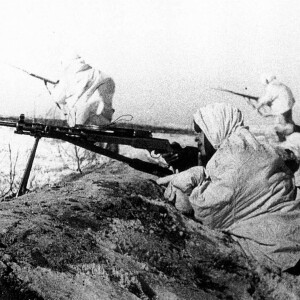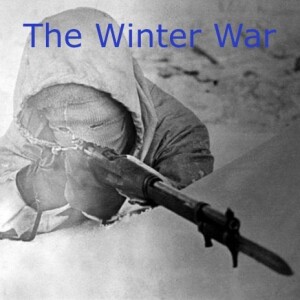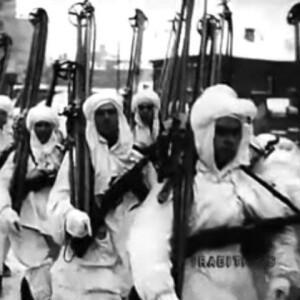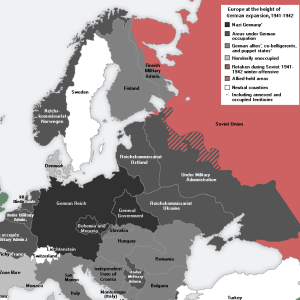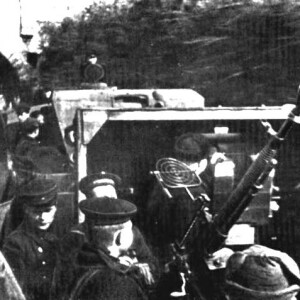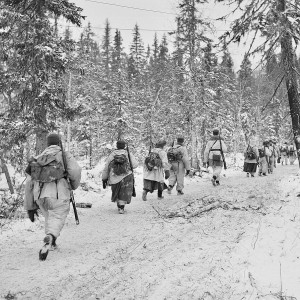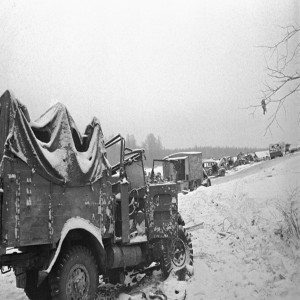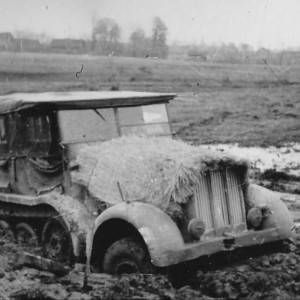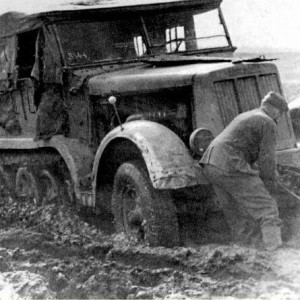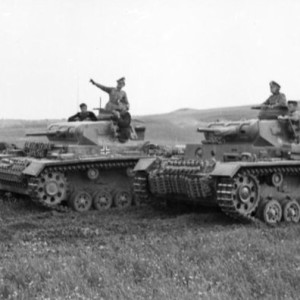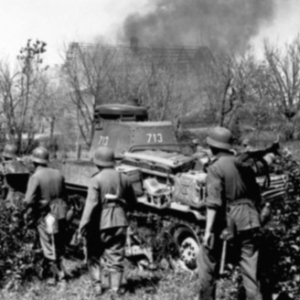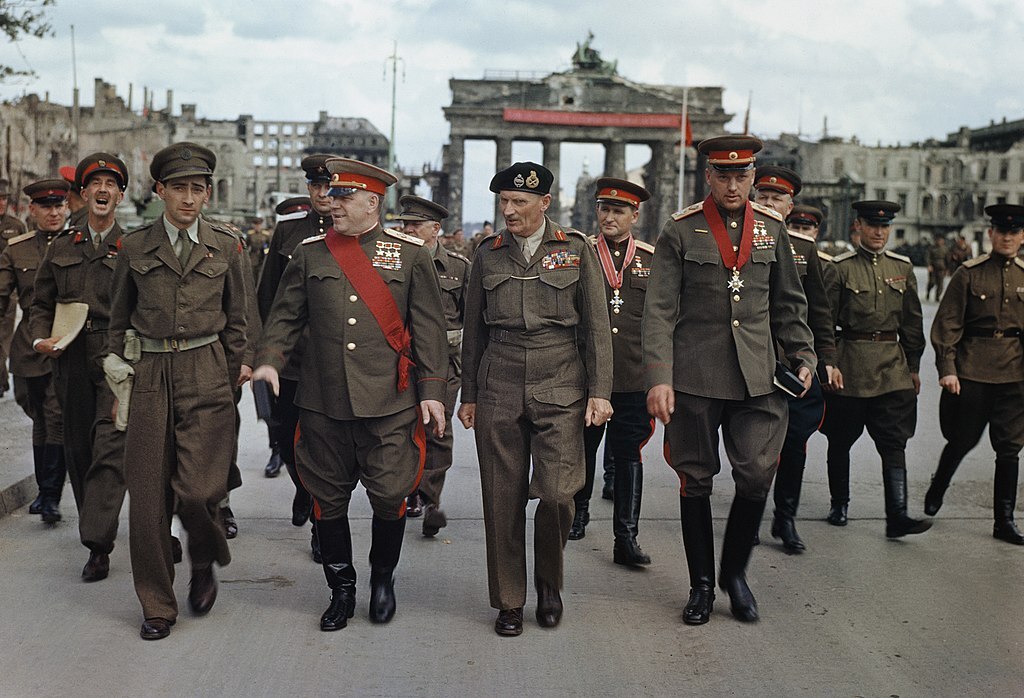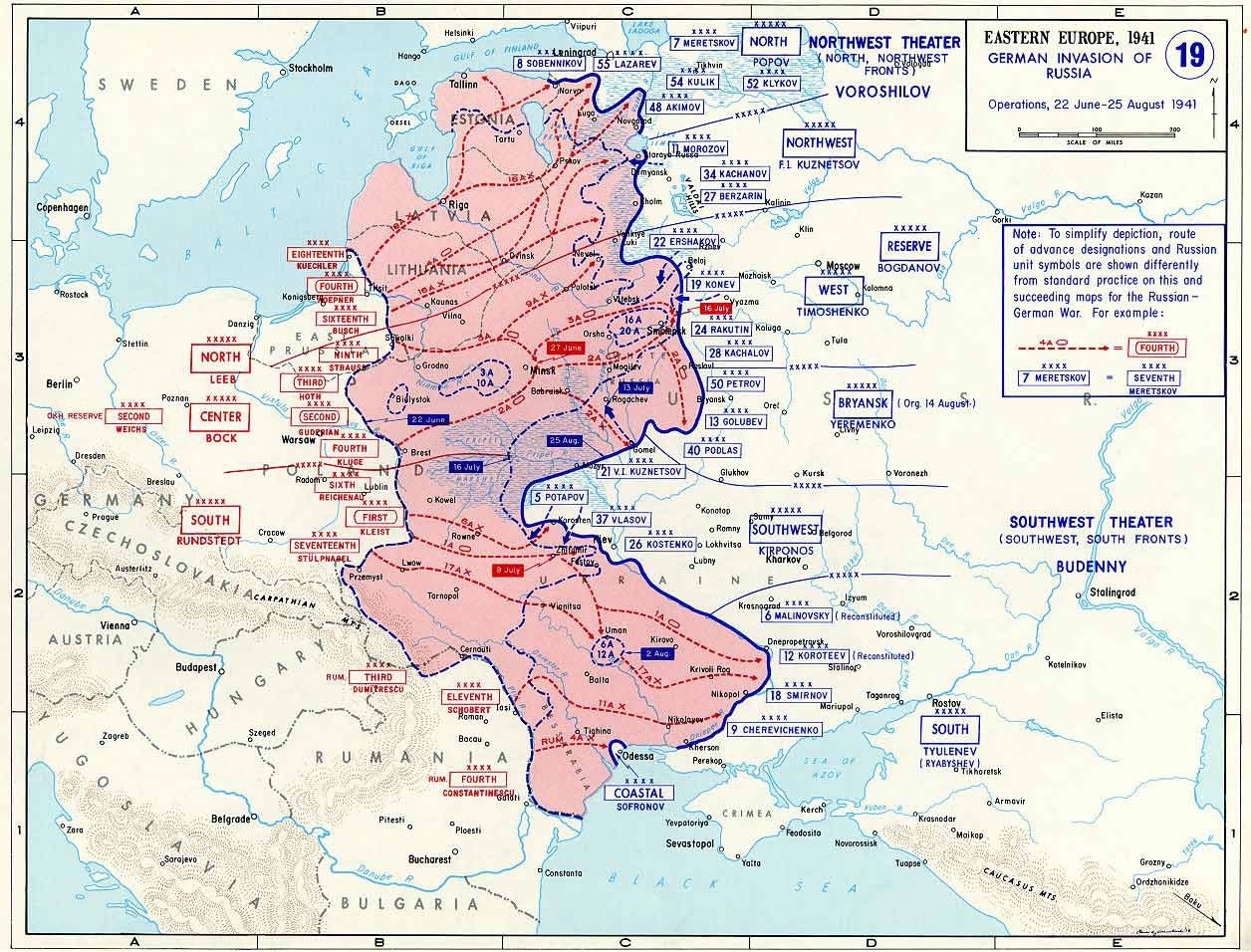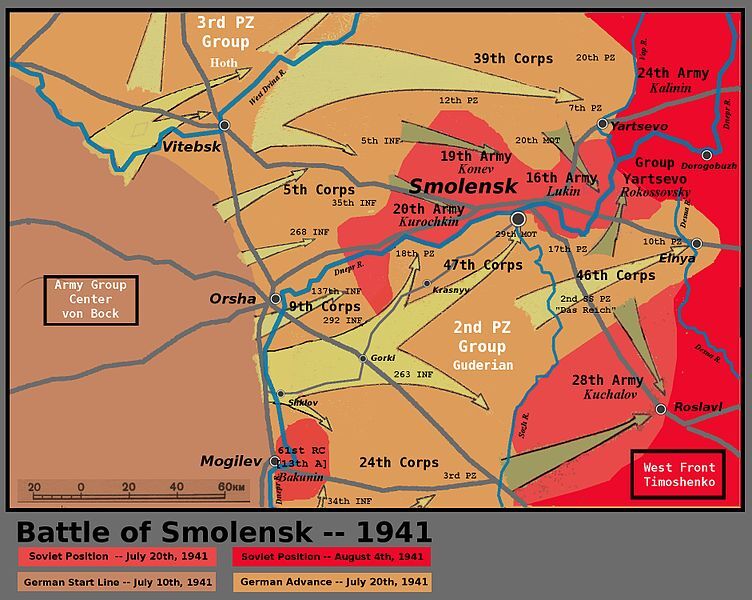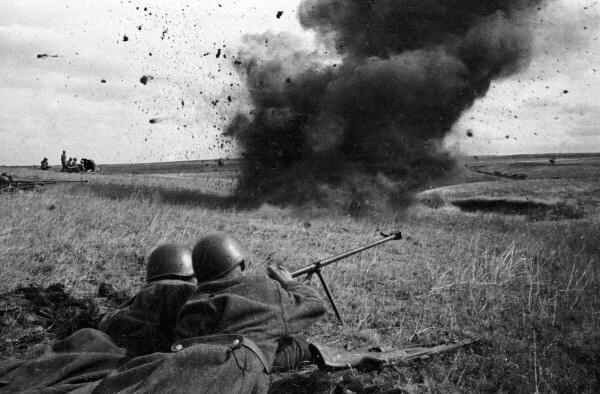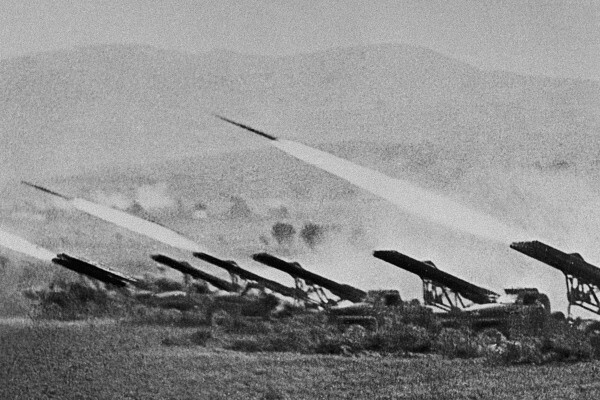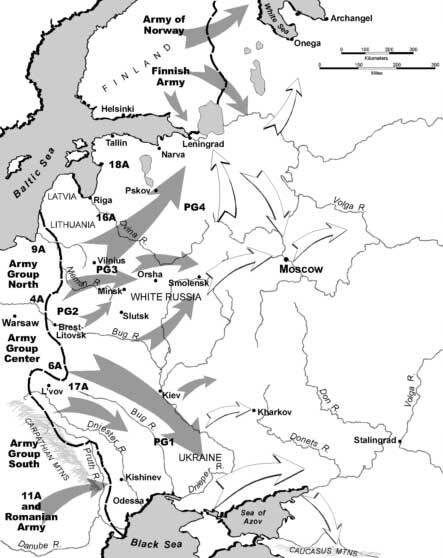Sunday Apr 02, 2023
David Stahel offers a fresh perspective on the Eastern Front, one that turns the common conception of the war upside-down.
Author of The Battle for Moscow and several other books on the Second World War in the east, he's a Senior Lecturer in European History at the University of New South Wales in Canberra, Australia. He joins Beyond Barbarossa for an eye-opening conversation.
David Stahel's books:
Operation Barbarossa and Germany's Defeat in the East. Cambridge, UK: Cambridge University Press, 2009.
Kiev 1941: Hitler's Battle for Supremacy in the East. Cambridge, UK: Cambridge University Press, 2012.
Operation Typhoon: Hitler's March on Moscow, October 1941. Cambridge, UK: Cambridge University Press, 2013.
The Battle for Moscow. Cambridge, UK: Cambridge University Press, 2015.
Retreat from Moscow: A new history of Germany's winter campaign, 1941–1942. New York: Picador, 2019.
Hitler's Panzer Generals: Guderian, Hoepner, Reinhardt and Schmidt Unguarded. Cambridge, UK: Cambridge University Press, coming May 2023.
As editor:
With Alex J. Kay and Jeff Rutherford: Nazi Policy on the Eastern Front, 1941: Total War, Genocide, and Radicalization. University of Rochester Press, 2012.
Joining Hitler's Crusade: European Nations and the Invasion of the Soviet Union, 1941. Cambridge, UK: Cambridge University Press, 2017.
With Alex J. Kay: Mass Violence in Nazi-Occupied Europe. Bloomington, Indiana: Indiana University Press, 2018.
With Craig W.H. Luther and R. L. DiNardo: Soldiers of Barbarossa: Combat, Genocide and Everyday Experiences on the Eastern Front, June–December 1941. Lanham, MD USA: Stackpole Books, 2020.
Books about the Nazi occupation of Norway mentioned in the episode:
J.L. Oakley, The Jossing Affair. J.L. Oakley, publisher, 2016.
— The Quisling Factor. J.L. Oakley, publisher, 2020.









